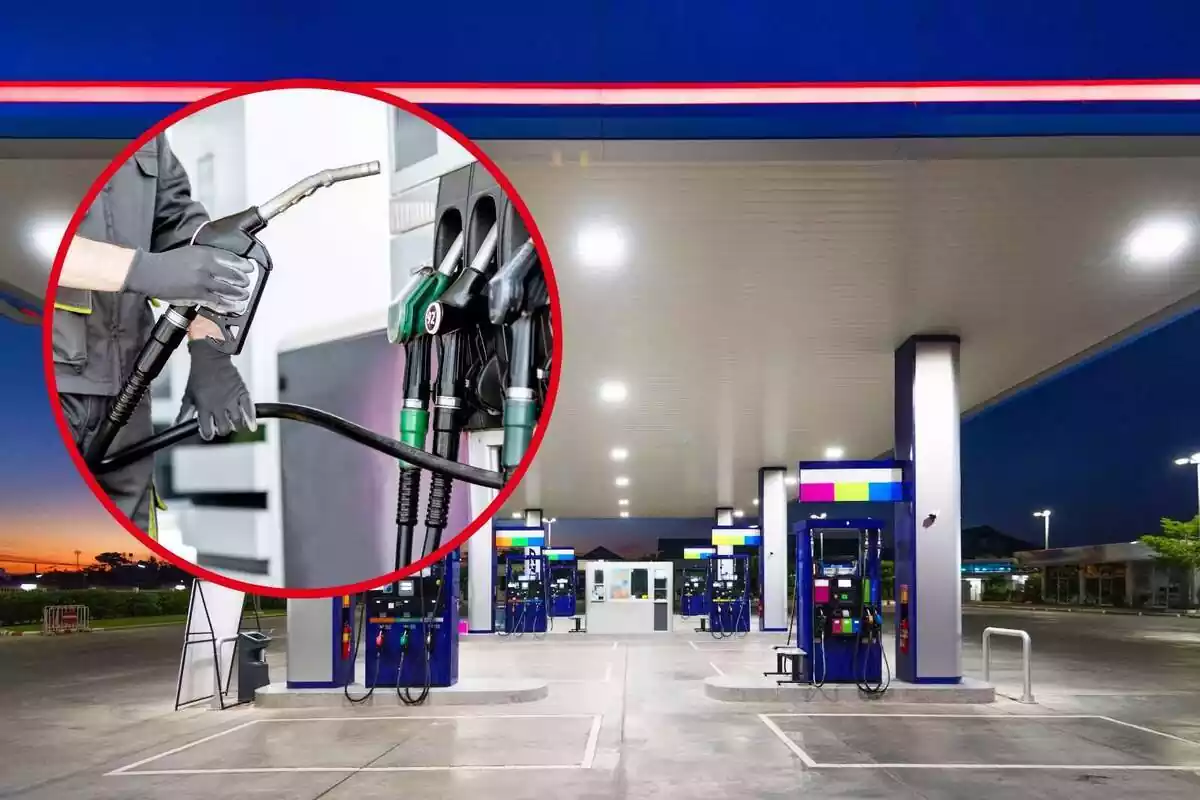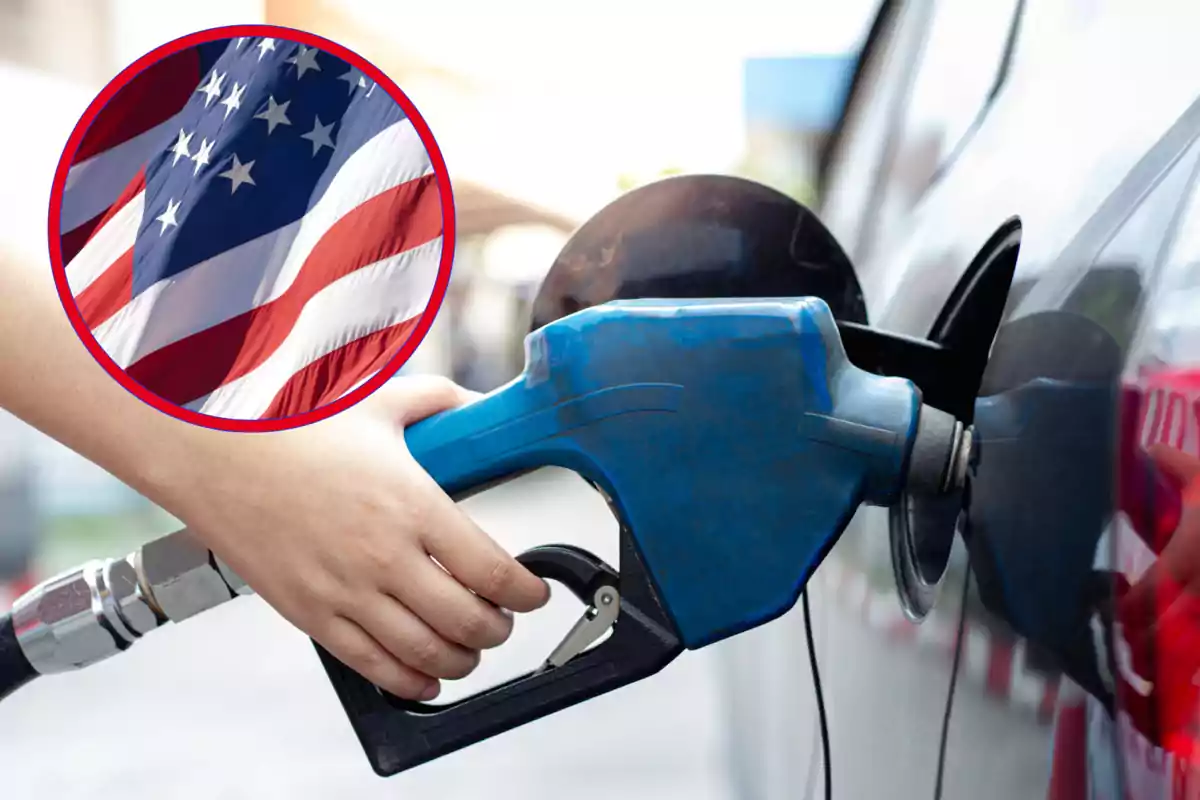For years, talking about gasoline in the United States meant talking about Shell, Chevron, or Exxon. The major oil companies were the point of reference, not only because of their presence, but also because of the trust they inspired. Today, the longest lines to refuel aren't always at the historic brands, but in front of Walmart and Costco.
Why does everyone go there?
The reason is simple: price. Costco offers cheaper fuel for those who have a membership, and Walmart combines its network of stations with discounts for Walmart+ users. That difference, up to 50 cents per gallon, turns these chains into magnets for those looking to save every week.
The trick is simple: combine daily shopping with refueling. The savings multiply if you take advantage of loyalty cards or membership programs. That's why millions of families already include a stop at Costco or Walmart in their weekly routine.

The strategy of the retail giants
What started as an additional service has become a central strategy. Walmart plans to add more than 45 new or renovated gas stations in 2025, while Costco is testing standalone stations that don't even need to be attached to its warehouses.
The goal isn't just to sell fuel, but to attract traffic. Whoever comes in to refuel might leave with toilet paper, snacks, or even a new TV. Cheap fuel is the perfect excuse.
What about Shell and Chevron?
Let no one be mistaken: the major oil companies still dominate in the number of stations. Shell has nearly 13,500 locations in the U.S., and Chevron exceeds 7,000. In comparison, Costco has only about 559 stations and Walmart a little more than 400.
But size isn't everything. Walmart and Costco have changed the perception: the real "giant" is the one offering the best deal when filling up the tank. There, the retailers are gaining ground.
The impact on your wallet
The arrival of a Costco or Walmart station in your neighborhood usually puts pressure on local prices. Even small operators and traditional brands react by lowering rates or launching promotions with cards and points programs.
If you're a driver, you have three clear options:
- Costco: it's worth it if you already pay for the membership and fill up frequently.
- Walmart: open to everyone, with extra discounts for Walmart+.
- Traditional brands: still competitive if you take advantage of credit cards with rewards or loyalty programs.
The trick isn't a complex secret: millions of drivers in the United States pay less for gasoline because they know where to refuel. Walmart and Costco have turned their pumps into a price battleground. Shell and Chevron remain giants by footprint, but the new competition forces everyone to fight for your preference.

